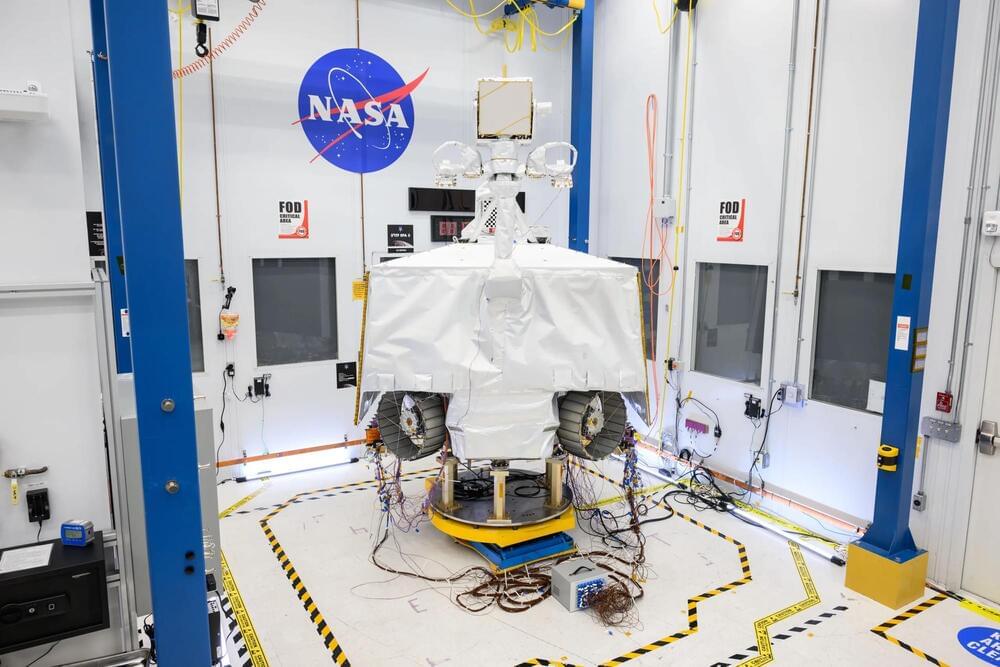Aug 14, 2024
Do SETI Optimists Have a Fine-Tuning Problem?
Posted by Saúl Morales Rodriguéz in categories: alien life, information science
Abstract: In ecological systems, be it a garden or a galaxy, populations evolve from some initial value (say zero) up to a steady state equilibrium, when the mean number of births and deaths per unit time are equal. This equilibrium point is a function of the birth and death rates, as well as the carrying capacity of the ecological system itself. The growth curve is S-shaped, saturating at the carrying capacity for large birth-to-death rate ratios and tending to zero at the other end. We argue that our astronomical observations appear inconsistent with a cosmos saturated with ETIs, and thus SETI optimists are left presuming that the true population is somewhere along the transitional part of this S-curve. Since the birth and death rates are a-priori unbounded, we argue that this presents a fine-tuning problem. Further, we show that if the birth-to-death rate ratio is assumed to have a log-uniform prior distribution, then the probability distribution of the ecological filling fraction is bi-modal — peaking at zero and unity. Indeed, the resulting distribution is formally the classic Haldane prior, conceived to describe the prior expectation of a Bernoulli experiment, such as a technological intelligence developing (or not) on a given world. Our results formally connect the Drake Equation to the birth-death formalism, the treatment of ecological carrying capacity and their connection to the Haldane perspective.
From: David Kipping [view email].

















